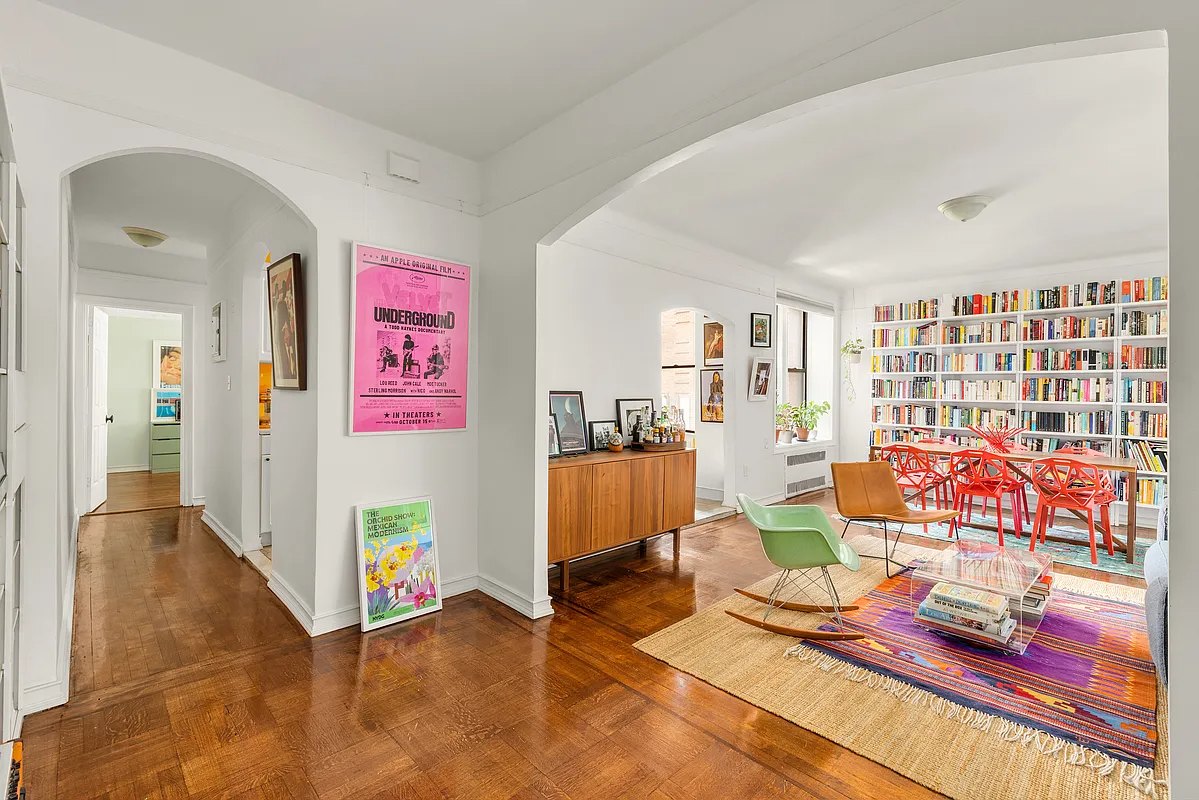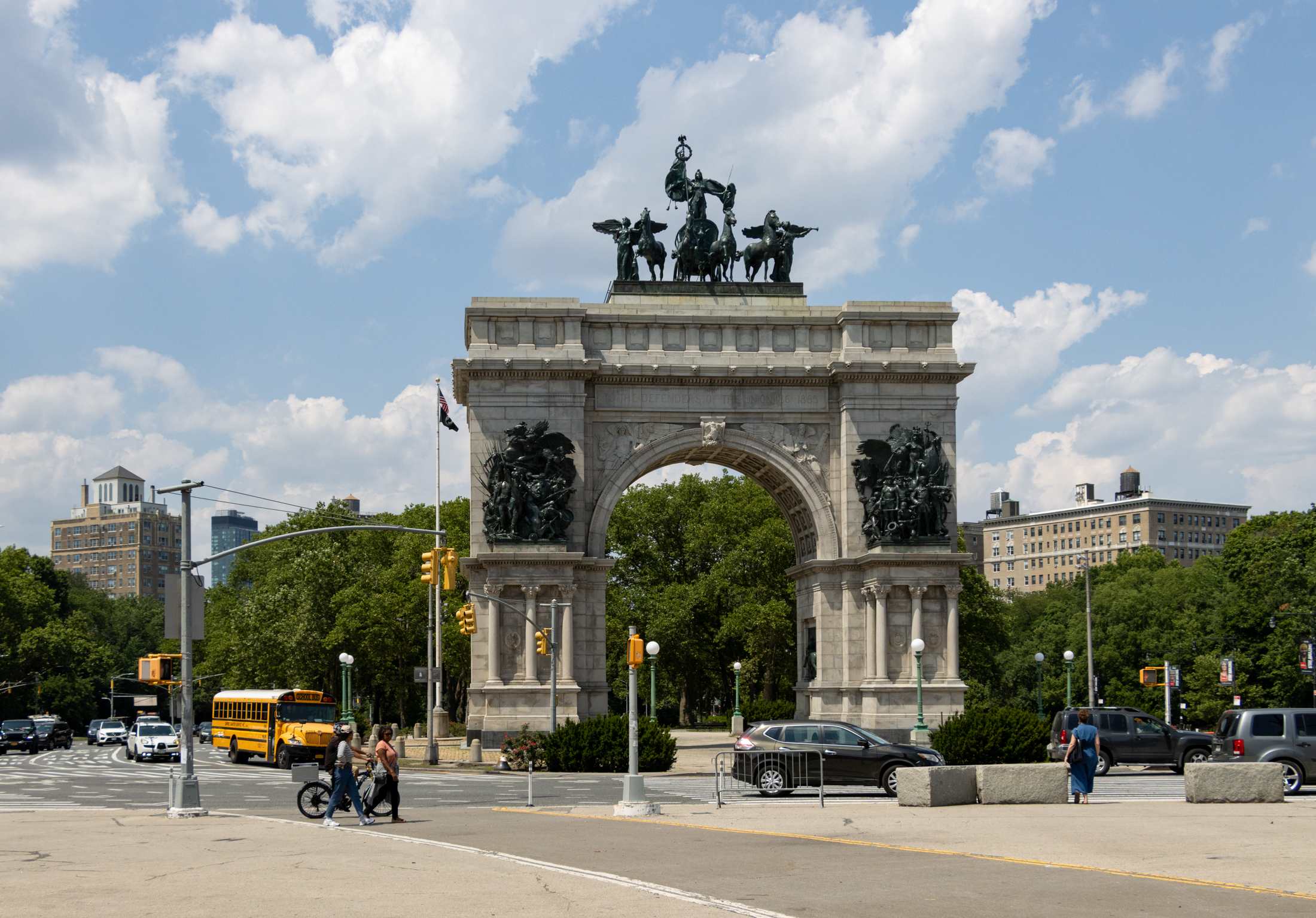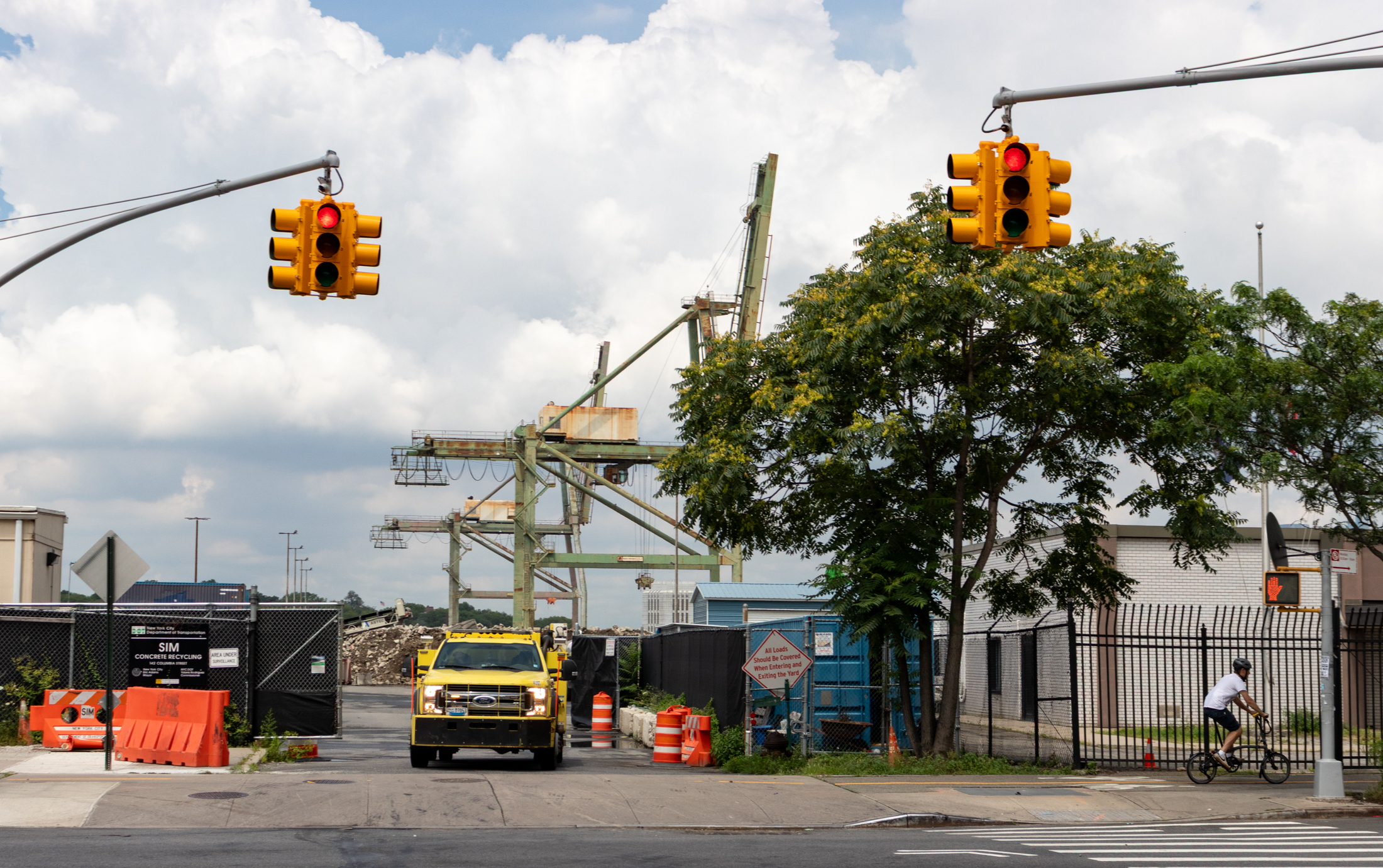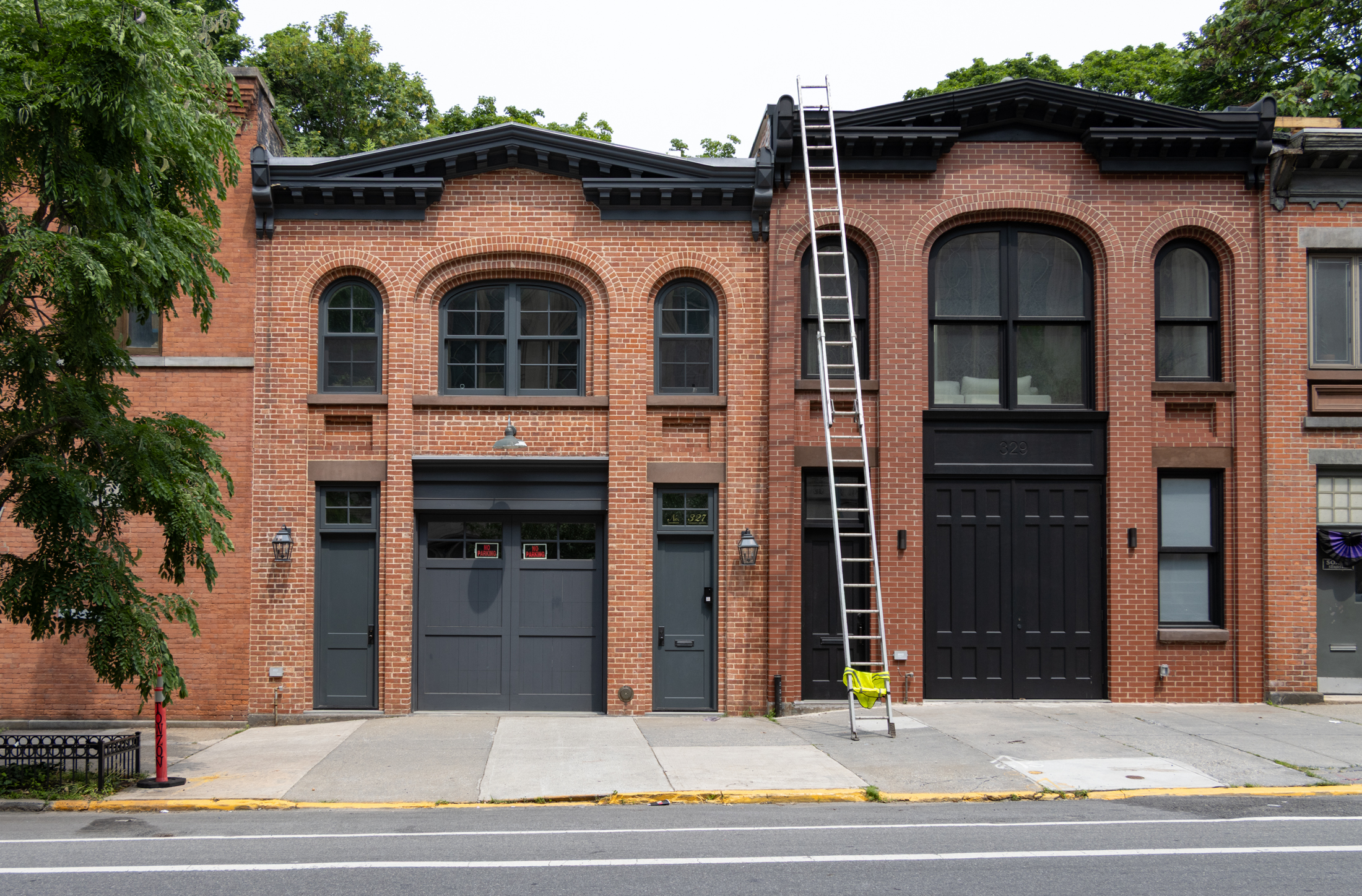Architecture 101: Inniss Franciscan House
We’ve been admiring 834 Pacific Street (aka 703 Dean) for some time now, but only recently got close enough to read the plaque on the side of the building. Turns out the 27,000-square-foot building, known as the Inniss Franciscan House, is a transitional housing facility that tries to help homeless people get back on their…
We’ve been admiring 834 Pacific Street (aka 703 Dean) for some time now, but only recently got close enough to read the plaque on the side of the building. Turns out the 27,000-square-foot building, known as the Inniss Franciscan House, is a transitional housing facility that tries to help homeless people get back on their feet by offering job training and substance abuse programs. Our gut reaction was that this would be categorized as Queen Anne style, but we consulted one of the architecture buffs on the site who weighed in that he thought Victorian Gothic was closer to the mark. Anyone else have an opinion?
Inniss Franciscan House [Franciscan Foundation] GMAP P*Shark





Thanks Halden! It’s good to know even I can make a lucky guess. And Bob is far far more expert than I so it’s nice to know even experts can sometimes get confused (confusion is my natural state).
Thanks Halden–I stand corrected. These Victorian revival styles are REALLY complicated!
Victorian Gothic (which is quite different than the earlier Gothic Revival) was common in the 1860s through 1870s; Queen Anne was 1880s on. Both styles are typified by assymetrical massing and a rich layering of materials.
The pointed arch at the entry (partially blocked by a tree) and at the left-hand tower is the real tip-off for me. The combination of sandstone and brick is also very common.
I’m sure there are crossover styles everywhere but I wasn’t aware that dark brick and asymmetry were the defining characteristics of Queen Anne style. But then again, I am so far from an expert that at best I can tell the difference between a brownstone and a limestone (the color, right? 🙂
I still think its Queen Anne (because of the dark brick and asymmetric massing), but, when I look closely at the photo I see a pointed arch over the front door–a gothic feature. Late 19th Century revival styles are NOT easy to figure out
I’ve always admired that building, and the church nearby is a wonderful Tuscan Italian style, one should see olive trees in the yard, instead of maples and oaks.
Building records are abysmally wrong and incomplete. I was told by someone at the DOB that the city lost thousands of records to water damage in 1922, and that is why many 19th century buildings are dated for around that time, as that is when they recreated the files.
This is the former rectory to St Joseph’s church — once one of the biggest and busiest RC churches in all of Brooklyn. Up until the 1930s (and possibly later) there was a reknown ice cream parlor on Vanderbilt that served the post-Sunday services crowds from St Joes. The church was originally established in 1853. I don’t know if the current buildings date that far back — they well may but, even if not, they are clearly 19th century. Check out this “postcard”: http://home.earthlink.net/~desmondcorp/tim/churches/st_joseph.jpg
The property shark dates are estimate and often incorrect. My place is listed as 1899 but actually was built in 1862.
1930 sounds too late to us…